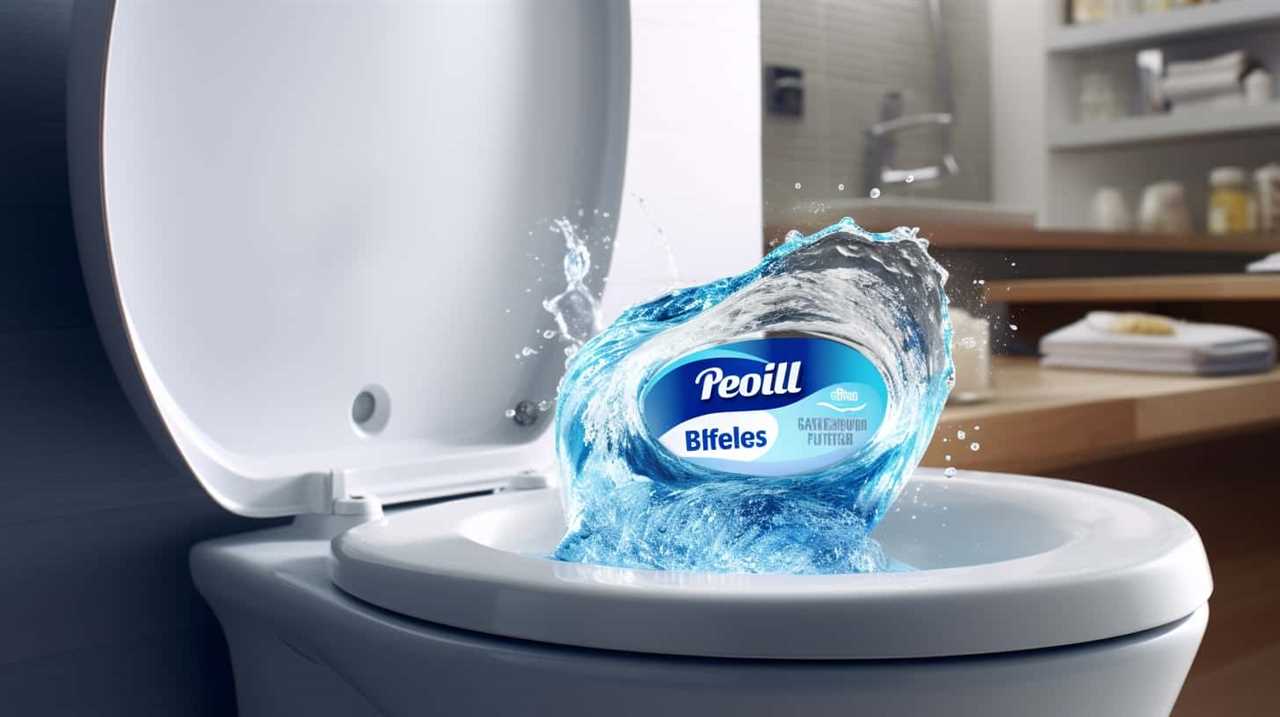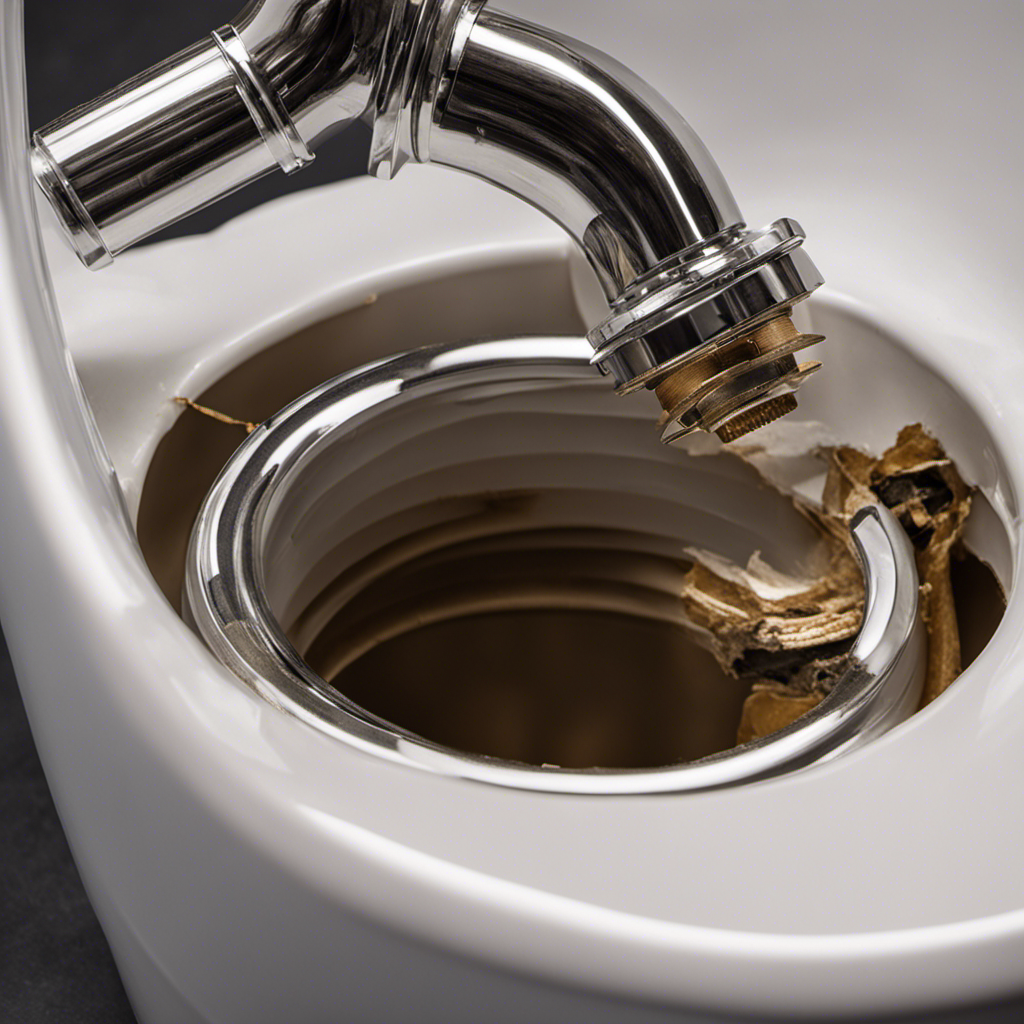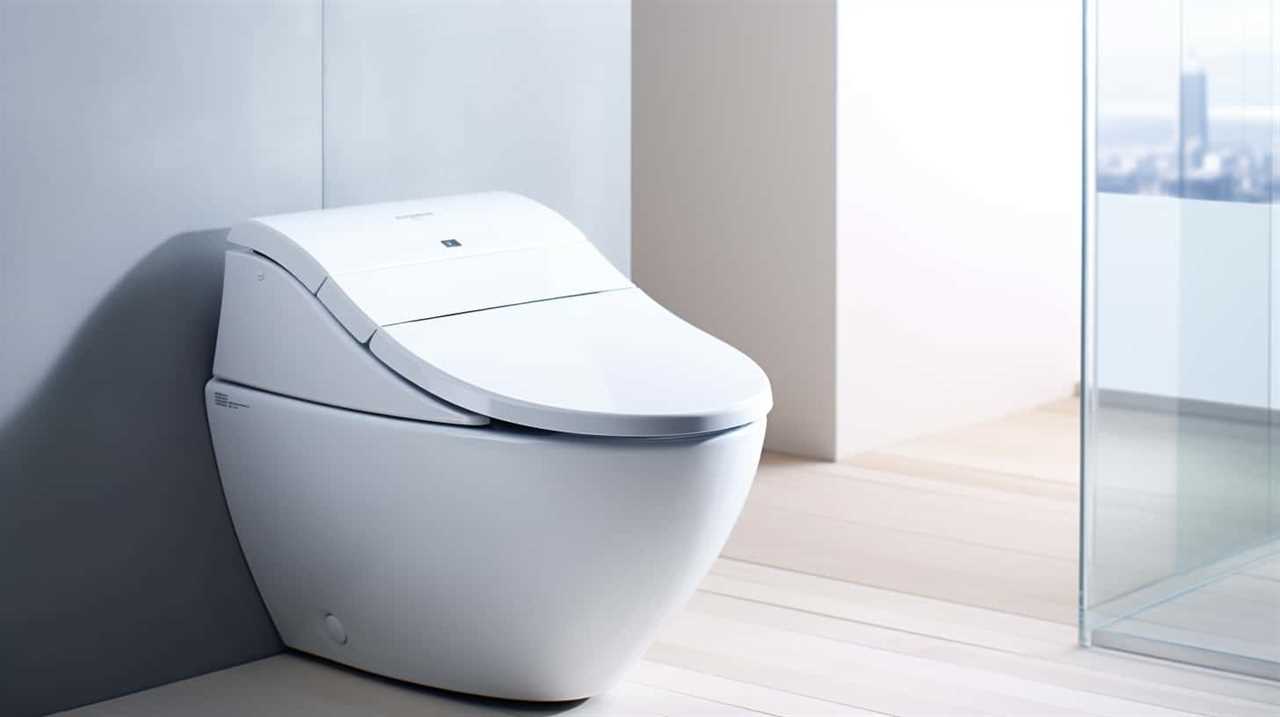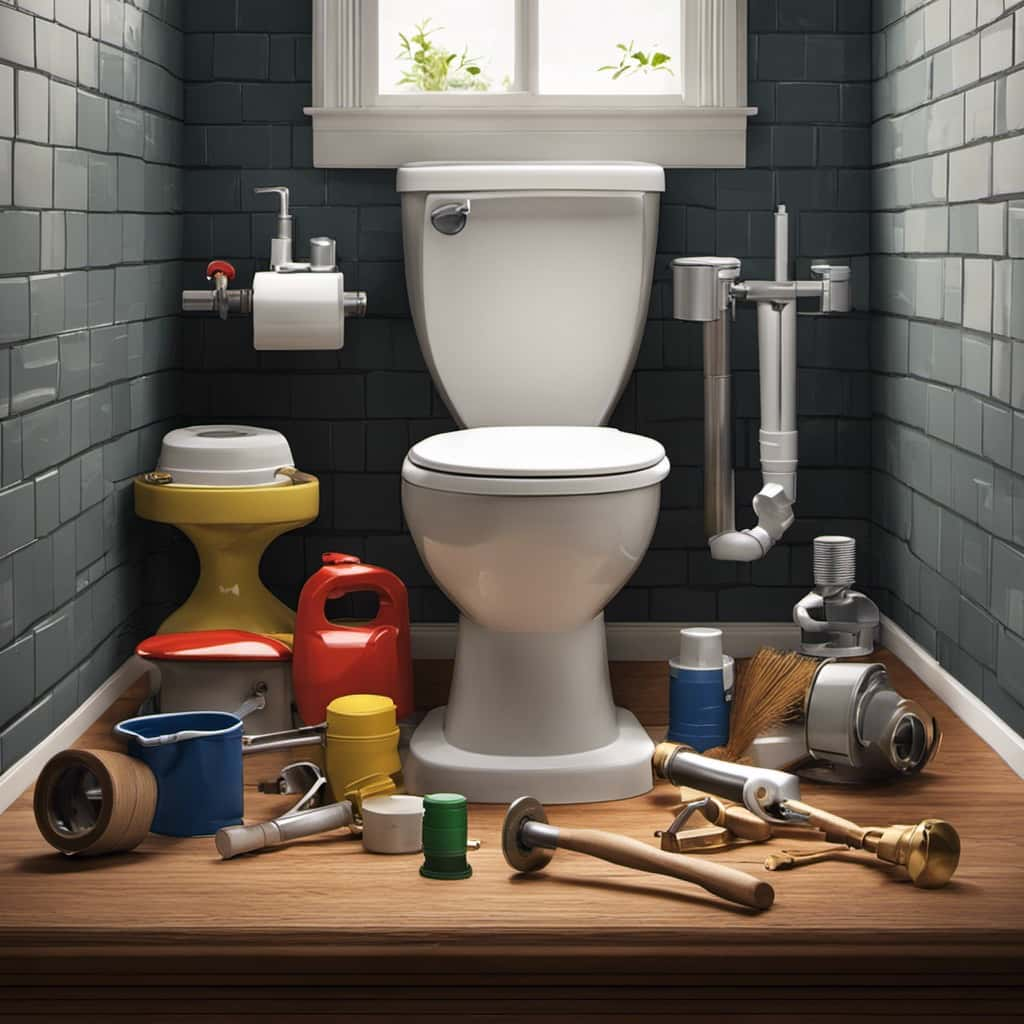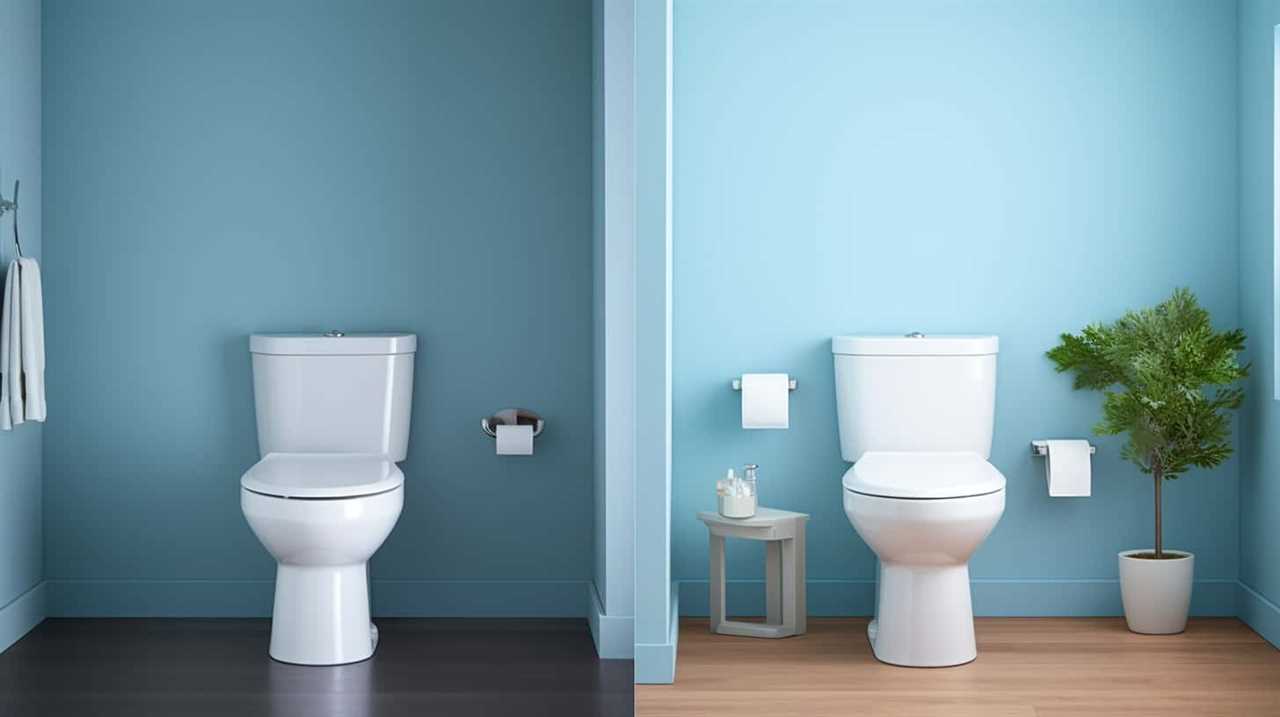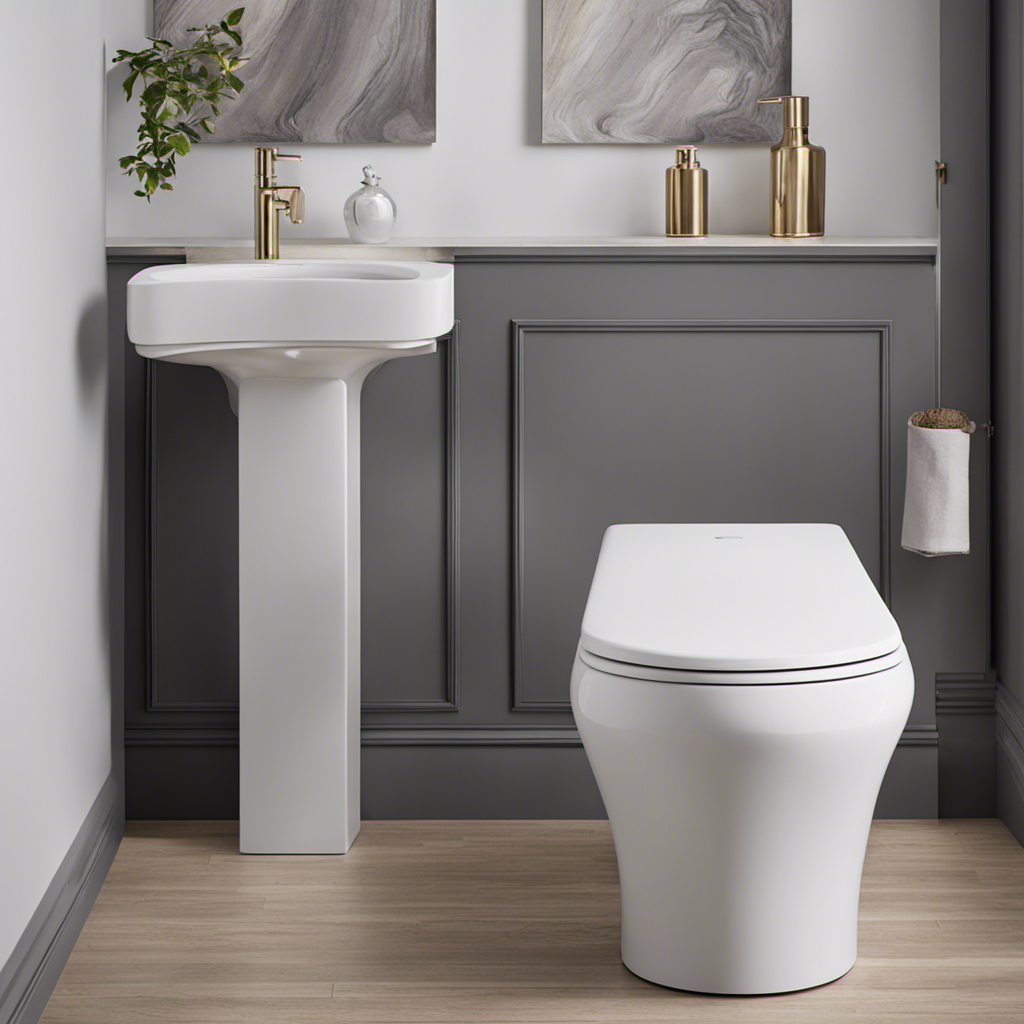We’ve all heard the saying ‘out of sight, out of mind,’ but when it comes to septic systems, what we can’t see can have a major impact. That’s why understanding whether septic safe toilet paper dissolves is crucial.
In this article, we’ll delve into the science behind it, exploring the factors that affect toilet paper dissolvability and how it is designed to break down.
So, let’s dive in and master the art of keeping our septic systems happy and healthy.
Key Takeaways
- Proper maintenance is crucial for optimal septic system performance
- Using septic safe toilet paper contributes to proper septic system maintenance
- Septic safe toilet paper is designed to dissolve quickly in water and break down efficiently in septic tanks
- The composition and thickness of toilet paper can affect its ability to dissolve effectively in septic systems
Understanding Septic Systems
In our understanding of septic systems, the proper maintenance of these systems is crucial for their optimal performance. Septic systems offer several advantages over traditional sewer systems. They’re cost-effective, environmentally friendly, and allow for greater control over wastewater treatment.
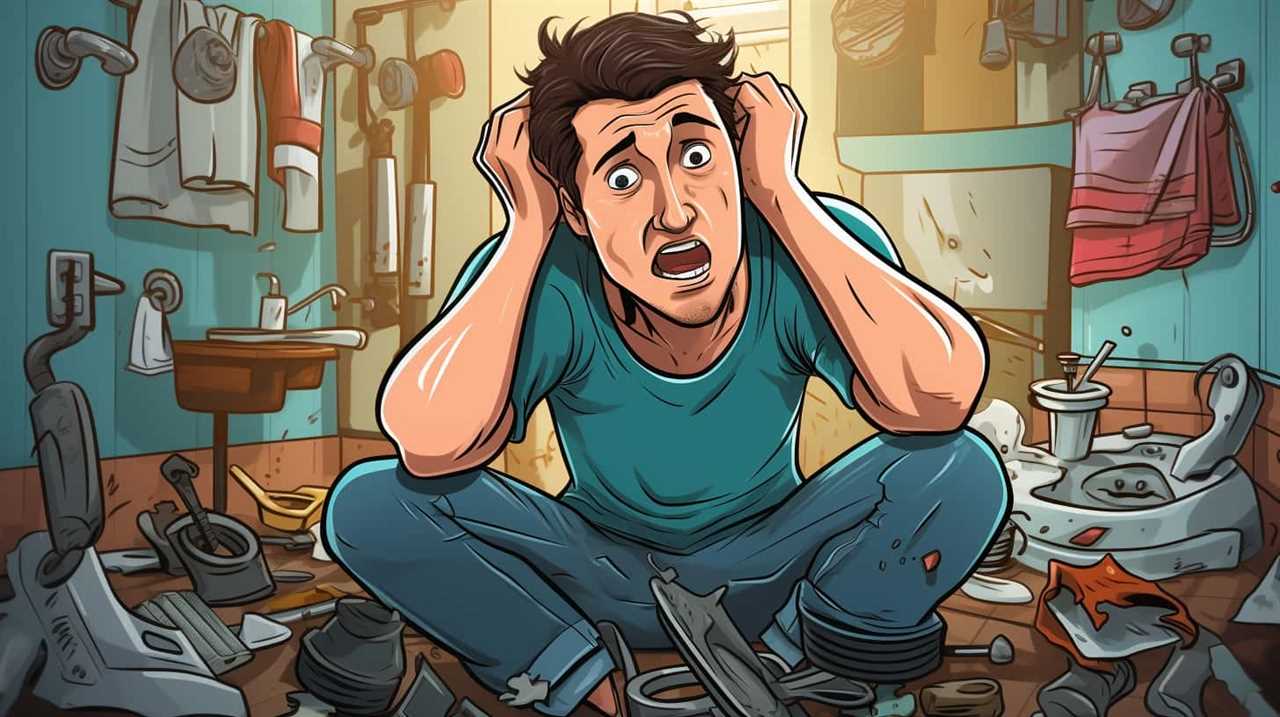
However, like any system, septic systems can encounter problems if not properly maintained. Some common septic system problems include clogs, leaks, and drainfield issues. Clogs can occur when non-biodegradable items are flushed down the toilet or when excessive amounts of grease and oil are poured down the drain.
Leaks can lead to contamination of groundwater and nearby bodies of water. Drainfield issues can result in sewage backup and foul odors. Therefore, it’s essential to understand how to maintain septic systems properly.
One crucial aspect is using septic safe toilet paper, which we’ll discuss in the subsequent section.
Importance of Using Septic Safe Toilet Paper
Maintaining septic systems properly is essential, and one crucial aspect that contributes to their optimal performance is the use of septic safe toilet paper.
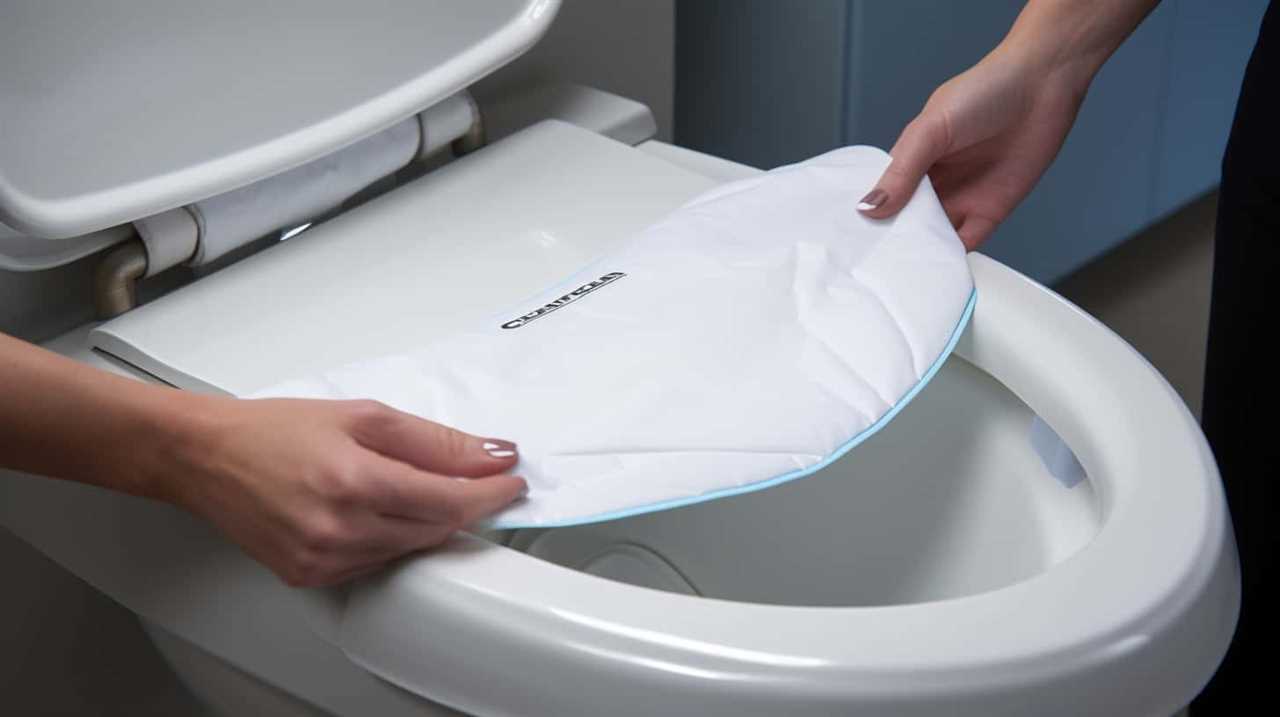
Septic safe toilet paper is designed to dissolve easily in water and break down quickly in septic tanks, minimizing the risk of clogs and backups. Using regular toilet paper that isn’t septic safe can lead to issues such as blockages in the pipes or excessive buildup in the septic tank, which can be costly to repair and may require more frequent septic tank maintenance.
Additionally, septic safe toilet paper is also environmentally friendly, as it’s made from recycled materials and is biodegradable. This means that it has a reduced environmental impact compared to regular toilet paper, which is important for those who are conscious of their ecological footprint.
How Septic Safe Toilet Paper Is Designed to Dissolve
To ensure optimal performance, it’s important to understand how septic safe toilet paper is specifically designed to dissolve easily in water and break down quickly in septic tanks. This is achieved through careful consideration of its composition and its potential environmental impact.
- Toilet paper composition: Septic safe toilet paper is typically made from biodegradable materials such as recycled paper fibers or sustainably sourced virgin pulp. These materials are chosen for their ability to break down easily in water and minimize the risk of clogging or damaging the septic system.
- Environmental impact: The design of septic safe toilet paper takes into account its potential impact on the environment. By using biodegradable materials, it helps reduce the amount of waste that ends up in landfills, contributing to a more sustainable and eco-friendly approach to personal hygiene.
- Quick breakdown in septic tanks: Septic safe toilet paper is engineered to disintegrate rapidly when exposed to water. This ensures that it can easily pass through the septic system without causing blockages or disruptions. The fibers used in its composition are structured to break apart quickly, allowing for efficient decomposition in the septic tank.
Factors Affecting Toilet Paper Dissolvability in Septic Systems
As we delve into the factors affecting toilet paper dissolvability in septic systems, it’s important to consider how the composition and thickness of the toilet paper can impact its breakdown process.
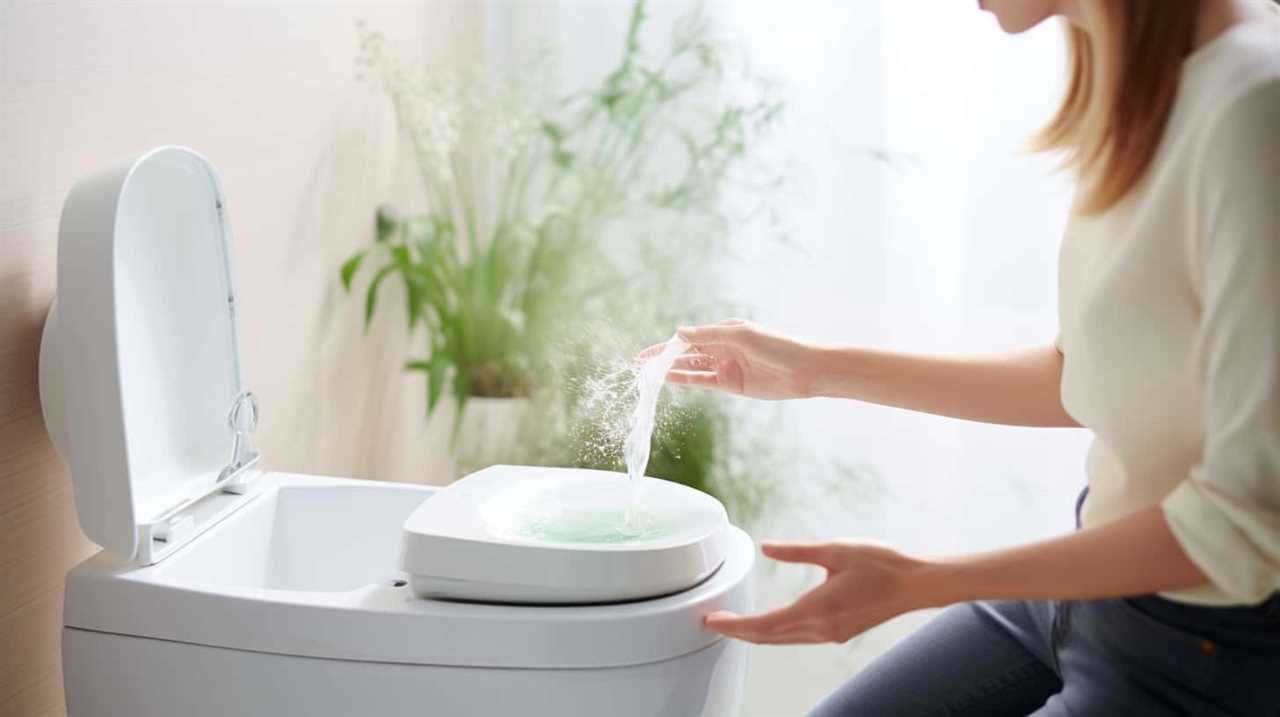
The composition of toilet paper plays a crucial role in its ability to dissolve effectively in septic systems. Toilet papers that are specifically designed to be septic safe are typically made from materials that are easily broken down by the natural bacteria in septic tanks, such as recycled paper fibers or cellulose. On the other hand, non septic safe toilet paper may contain additives like lotion, fragrances, or dyes that can hinder its breakdown process and lead to clogs in septic systems.
Additionally, the thickness of the toilet paper can affect its dissolvability. Thicker toilet papers may take longer to break down, increasing the chances of clogging the system.
Considering the environmental impact of non septic safe toilet paper, it’s essential to choose toilet paper that’s specifically designed for septic systems to prevent potential problems and maintain the proper functioning of the septic system.
Testing the Dissolvability of Septic Safe Toilet Paper
After considering the factors that affect toilet paper dissolvability in septic systems, we can now examine how to test the dissolvability of septic safe toilet paper. There are several testing methods available to determine the effectiveness of septic safe toilet paper in breaking down and dissolving in septic systems. These methods include:

- Water dissolution test: This involves placing a sample of septic safe toilet paper in water and observing how quickly it dissolves.
- Septic tank simulation test: This test replicates the conditions of a septic tank by subjecting the toilet paper to a mixture of water, enzymes, and bacteria commonly found in septic systems.
- Field test: This involves using septic safe toilet paper in a real-life septic system and monitoring its performance over a period of time.
When it comes to alternatives to septic safe toilet paper, options such as bidets, wet wipes, or reusable cloth wipes are available. However, it’s important to ensure that these alternatives are compatible with your septic system and don’t cause clogs or other issues.
Frequently Asked Questions
How Often Should Septic Systems Be Pumped?
Septic systems should be pumped every 3-5 years to prevent backups. The timeframe for a septic system to fill up depends on factors like household size and water usage. Regular maintenance and proper care can help prevent issues.
Can Using Regular Toilet Paper Damage Septic Systems?
Using regular toilet paper can potentially damage septic systems due to its slow breakdown. It is advisable to consider using septic-safe alternatives to minimize the environmental impact of septic systems.
Are There Any Alternatives to Septic Safe Toilet Paper?
There are alternatives to septic safe toilet paper that have less environmental impact. We should consider using biodegradable or recycled toilet paper, which can help reduce waste and protect our septic systems.
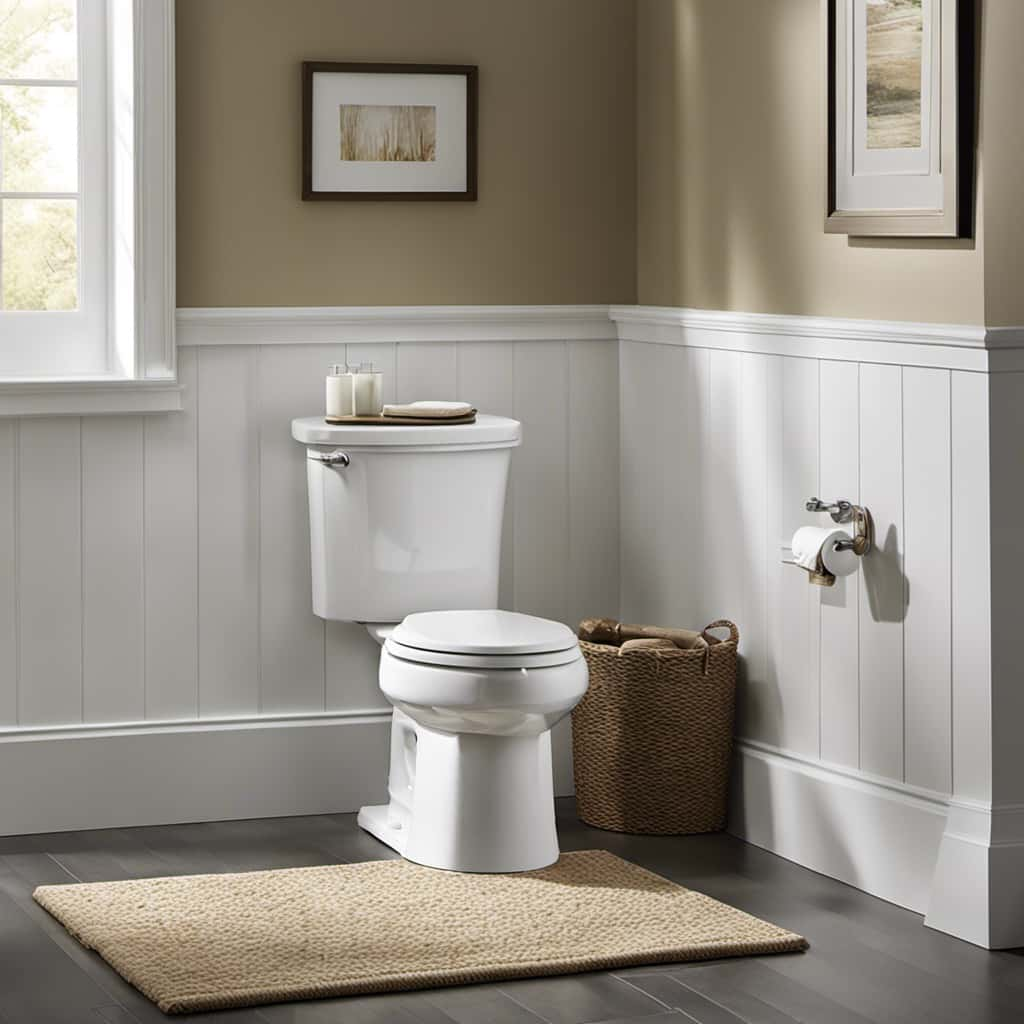
Are Septic Safe Toilet Papers More Expensive Than Regular Toilet Papers?
When comparing the cost of septic-safe toilet paper to regular toilet paper, we found that there is a slight difference in price. However, the long-term environmental impact of septic-safe options is worth considering.
Can Septic Safe Toilet Paper Be Used in RVs or Portable Toilets?
Benefits of using septic safe toilet paper in RVs and portable toilets include preventing clogs and maintaining the integrity of the septic system. Tips for choosing the right septic safe toilet paper for your needs involve checking for certifications and biodegradability.
Conclusion
In conclusion, septic safe toilet paper is designed to dissolve quickly in septic systems, ensuring optimal functionality and preventing clogs.
Extensive research and testing have been conducted to ensure its effectiveness.

While it may not dissolve as fast as magic disappearing paper, it’s still a reliable and essential choice for maintaining a healthy septic system.
